Save 50% on a 3-month Digiday+ membership. Ends Dec 12.
In Graphic Detail: Inside the state of the creator economy industrial complex

What began as a supposed rebellion against traditional media is now increasingly modeled after it — the creator economy — complete with middlemen, agency layers, and bundled tech stacks promising growth, monetization, and brand safety. In other words: business as usual.
Managing creator relationships at scale is still marketers’ biggest challenge
Around a third (33%) of U.K. marketers spend between £746,000 and £2.3 million per year on creator marketing, while 34% of U.S. marketers spend between $1 million and $3 million, annually, according to data from Billion Dollar Boy. Furthermore, 37% of U.S. marketers invest more than $3 million in creator marketing, compared to just 19% of U.K. marketers, per Billion Dollar Boy.
Still, the more cash they commit, there’s a lot more riding on it being a success.
Billion Dollar Boy’s research found that around a third of marketers found that the following are their top three concerns:
- Managing relationships at scale (33.6%)
- Ensuring creator preference for the brand’s partnerships (33.6%)
- Maintaining authentic, high quality content and consistent brand messaging (33.9%)
Others included finding the right strategy and creative expertise (31%), being able to find and vet the right influences at scale (29%) and being able to measure performance (28%).
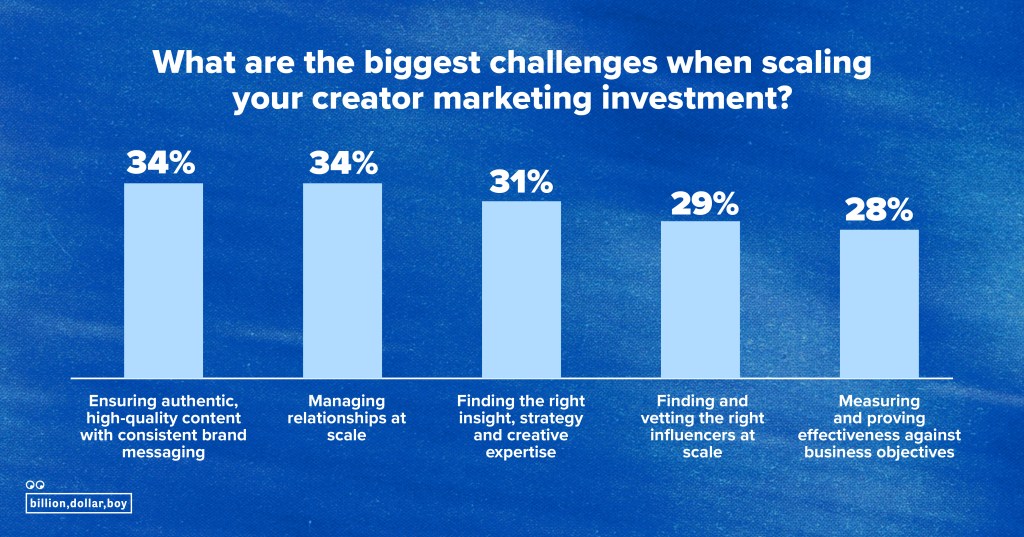
Added to that, 27% of U.S. marketers are particularly concerned about trying to navigate their way through platform changes or social media trends navigating platform changes and social media trends’, compared to 24% in the U.K. who cited the same issues, per Billion Dollar Boy’s research.
Despite how quickly AI is evolving, the creator economy is still conflicted about it
As with any technology, there’s good and bad points to AI. The good: AI has already democratized much of the professional capabilities so that creators can produce great content, at scale, and efficiently — a lot of the time without huge teams behind them. The bad: if not done right, it can sour relationships between consumers and brands / creators — and a part of that has been down to the roll out of things like virtual influencers — great in some instances, but still can’t compete with real human engagement.
Which is why key creator economy stakeholders still have very mixed feelings about AI, according to research from eMarketer.

Which is why AI’s use needs to be considered. Around 81% of U.S. creators tend to use genAI tools at least every month, according to eMarketer, citing Collectively data. And for more than half (56.8%) of those creators, brainstorming creative ideas seems to be the number one reason they’ve incorporated AI into their workflow.
Creators are respected and valued for their originality
In a world where AI is becoming more and more prevalent, consumers still prefer to see authentic content when it’s produced by a creator.
In a survey of 5,000 consumers across the U.S., U.K., Europe and Australia by Enders Analysis, the majority (81%) of respondents said that they most value content which is authentic, personal and original, rather than if it’s generated by AI if it’s produced by a creator.
But despite it being more recognised as a legit profession, only 27% of respondents said when creators create their own content, they value the fact that they get paid for doing so.
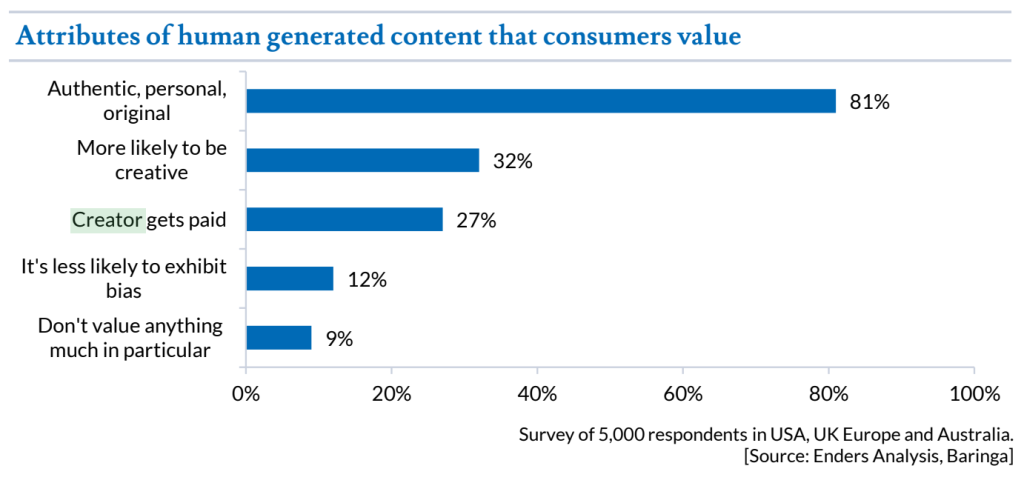
Creator burnout is a real thing
With any job or career: being overworked, always on the clock, and constant, never-ending deadlines often leads to burnout — whether working as an employee for a company, or as a freelancer.
So it comes as no surprise that since creators are often a one-man-band (creating the ideas, producing the content, chasing payments and partnerships — the list goes on) just over half (52%) of creators have experienced burnout as a result of their career, according to research from Billion Dollar Boy. And a further 37% have actively considered ending their creator career altogether and doing something else entirely.
What’s actually causing it, though?
When asking what’s actually causing them to feel so burned out, over half (55%) cited the financial instability of being a creator as their top reason. This was closely followed by creative fatigue (40%) and demanding workloads (31%). Around a quarter (27%) of those surveyed cited their constant screentime.
Interestingly though, U.K. creators find screen time to be the key issue they face, while U.S. creators feel more pressure to navigate the platform’s constantly changing algorithms.
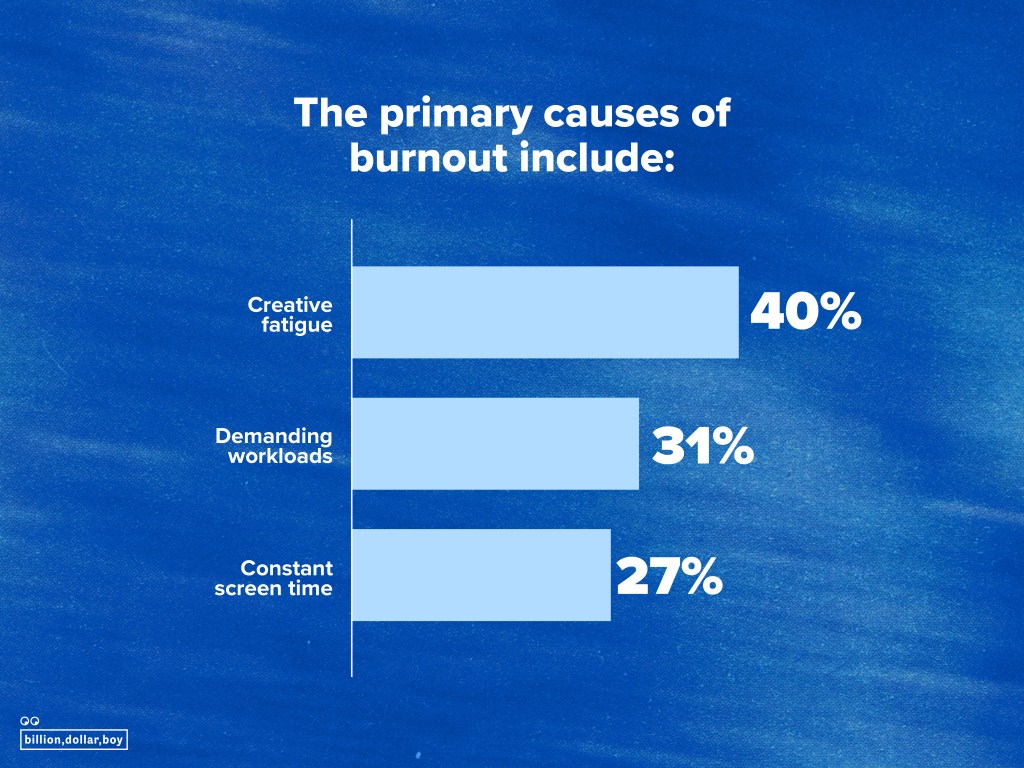
India’s creator economy isn’t something to be overlooked
According to Boston Consulting Group’s From Content to Commerce: Mapping India’s Creator Economy report, creator-influenced spend is set to reach more than $1 trillion by 2030, but right now, the market is relatively untapped.
As things stand, there are between two and 2.5 million creators in India with more than 1,000 followers. At the same time, 60% of consumers are exposed to their content, while a further 30% are influenced by them to make a purchase.
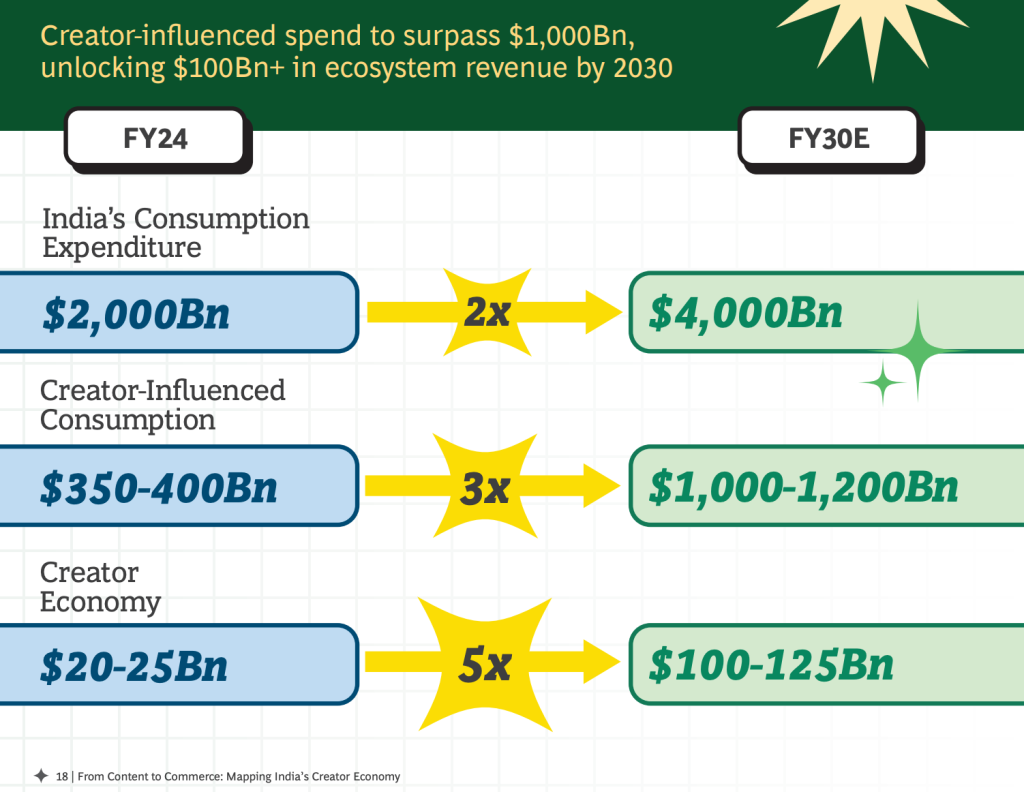
More in Marketing
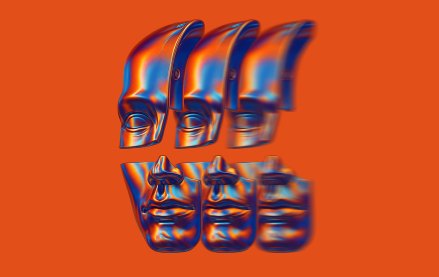
Agencies push curation upstream, reclaiming control of the programmatic bidstream
Curation spent much of this year in a fog, loosely defined and inconsistently applied. Agencies say they plan to tighten the screws in 2026.
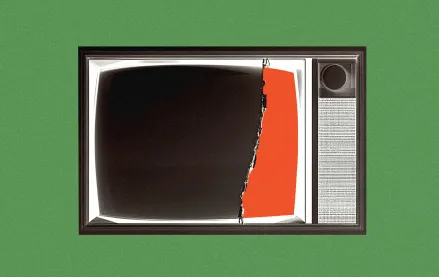
‘A trader won’t need to leave our platform’: PMG builds its own CTV buying platform
The platform, called Alli Buyer Cloud, sits inside PMG’s broader operating system Alli. It’s currently in alpha testing with three clients.

Why 2026 could be Snap’s biggest year yet – according to one exec
Snap’s senior director of product marketing, Abby Laursen talked to Digiday about its campaign automation plans for 2026.








